Spinning Paper
Words and photos by Kyla Crawford
Have you ever wanted to take a drawing and make it into yarn? I do that by spinning paper. I started this practice while I was in graduate school working on my MFA in sculpture. I have always been fascinated with artworks that cross the line between two and three dimensions, where drawing and painting become sculptural. Fibers are transformative: they can be flat or sculptural and everything in between.
I found my passion for textiles while working on my BFA in painting, to which I later added a fibers concentration. When I was learning how to spin yarn, I thought about how I could combine the worlds of fiber and paint. I scraped paint off my palette and noticed these long strands of paint film, and I wondered about spinning that into yarn. How could I create goopy paint yarn? Paint is not flexible and stable enough on its own, and wet paint would bond the strands of yarn together. But the idea of paint yarn has stuck with me and hangs out in the back of my mind.
In graduate school I pushed myself by trying different materials, one of those being paper. I used paper to capture the detritus of my art-making and reused it within my pieces. I wanted to incorporate my fiber techniques with different materials and forms. I had heard about spinning paper into yarn in my years of spinning research and looked through my books on spinning novelty yarns. I found a technique of taking strips of paper, mixing it with wool, and spinning it so the wool captures the paper into the yarn – but I didn’t want that. I just wanted the paper, and what was on the paper, to be turned to yarn.
I still had the idea of paint yarn on my mind, and wool would be adding new material, which would add something different to the art piece. With further research and google rabbit holes, I found a traditional Japanese technique, called shifu, for turning paper into yarn. This technique has been around for centuries as a way for people to recycle paper and turn it into a usable fabric in times of scarcity.
I had to learn more about this technique. What types of paper were suitable? What tools did I have and what did I need? How could I use this technique and bring it into my own art-making? I found Susan Byrd’s videos on shifu when googling for more info, along with her paper recommendations. These are an extremely valuable resource, and there are a lot more resources today if you want to try paper spinning yourself (references below).
So I ran over to the art supply store and picked up some mulberry papers. With the help of the experts at the paper desk, I found that Thai kozo paper would be the most cost-friendly option for this type of fine handmade paper. In the spirit of experimentation, I gathered up different types of paper and drawing materials and started mark-making. I tried following the traditional process of measuring and cutting the paper until I could not get part of it to work for me: the traditional pre-spinning of rolling the damp paper on a stone was not happening. I had to figure out another way.
What is happening to the paper in the pre-spinning technique? The paper becomes softer, and the process makes something flat into something round. How could I get a similar outcome in a way that works for me? I decided I could soften the paper by scrunching it in my hands. Then I spritzed the paper with some water so it was damp, to help it take shape as it twisted into yarn during the spinning process. With the damp paper and my spindle, I added twist.
To my delight, I had created yarn from paper! Amazing! I turned a two-dimensional drawing of lines into a three-dimensional physical line. It was transformative and full of energy.
In my artwork, I explore magic and rituals to capture energy and spirits within the work. Working in the space between reality and psychology, I build worlds and embrace transformation, energy, and actualization. After transforming that drawing into yarn I felt like the Fates capturing these ideas and spirits. To me yarn is a magical thing, full of energy and potential, waiting for its purpose to be actualized.
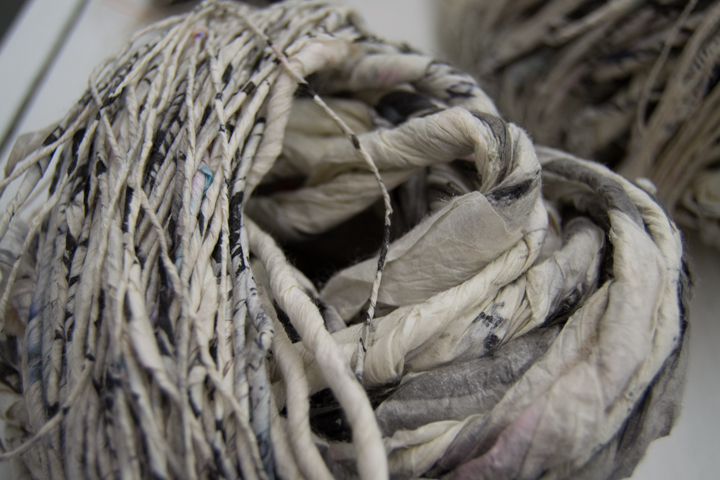
This technique opened a lot of doors: new doors in my art-making process and new types of papers to explore. What papers would and would not work? What painting and drawing materials would and would not work? What inks and paints, smeared and spread throughout the paper? What lines would stay put? What would that look like after it was twisted into yarn? How would the paper yarn behave in comparison to other yarn that I’m more familiar with?
Paper yarn is paper, but it’s also yarn. It lives in an interesting in-between space. It’s a little bit wiry and has a mind of its own, but it’ll also stay put when you tell it to stay.
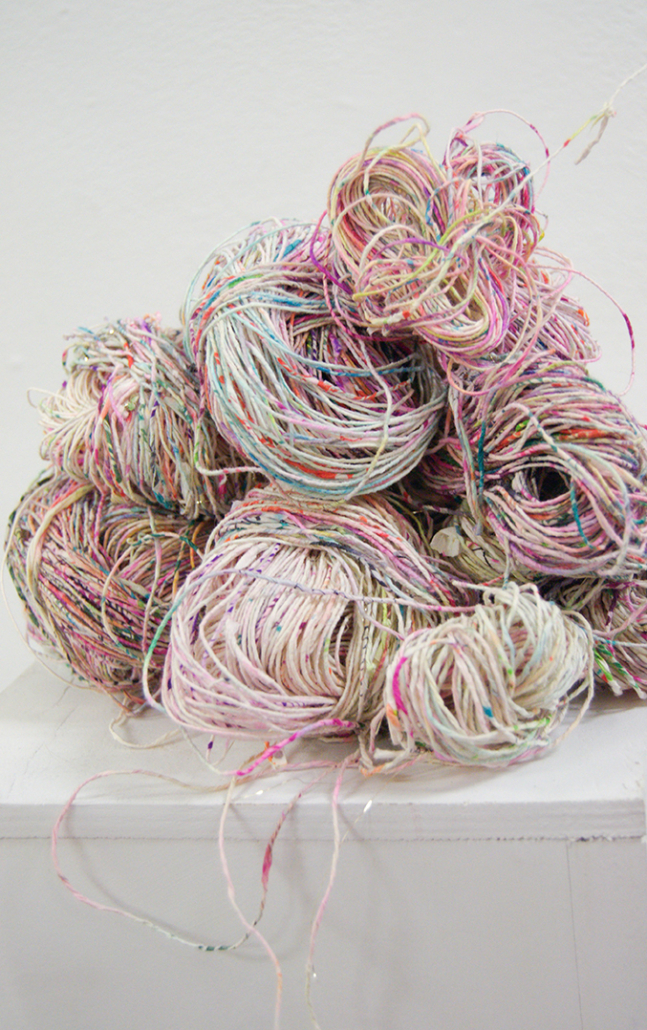
Paper yarn can be used like yarn to knit, weave, and crochet. However, I am fascinated with it wound into a ball as a sculpture in itself. I have also gotten into weaving with the paper yarn as a decorative weft, like in overshot weaving structure. The weavings can be hung in interesting ways, with words woven into the fabrics as patterns. I invite people to join my process by drawing, writing, and marking their own paper that I then spin into a piece of art for them. It is a mindful and layered process that lets me embrace a personal spiritual ritual.
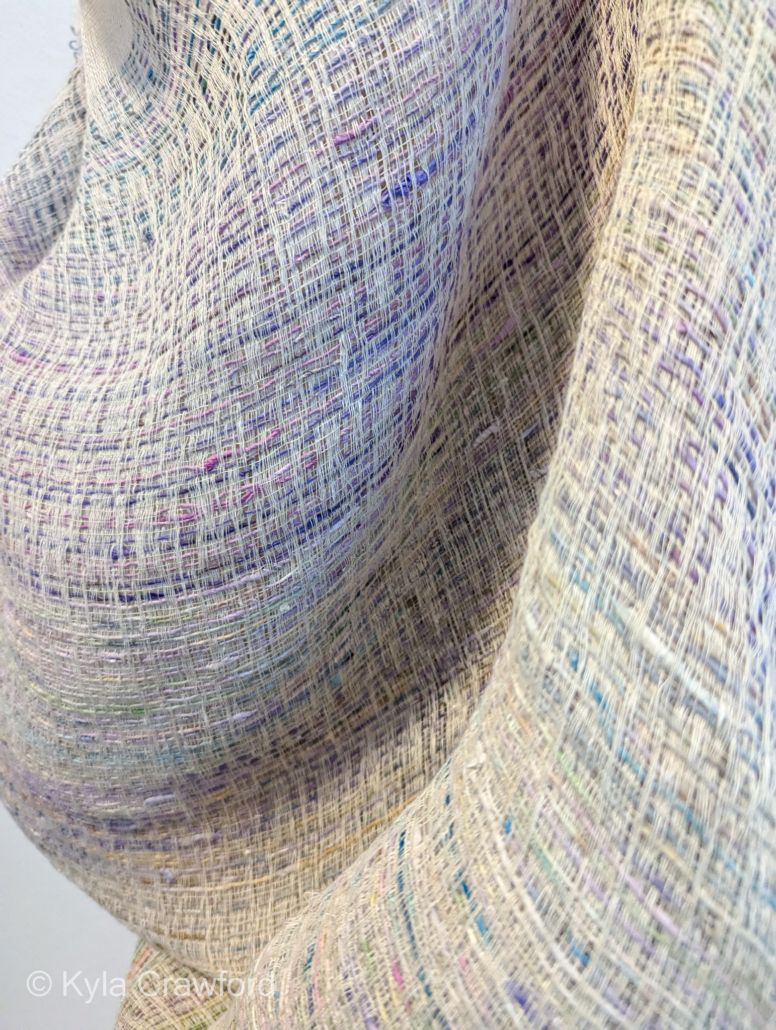
Paper yarn is a fun place to play because you get to draw and write on paper, and if it doesn’t look good, it’s okay – it will be hidden in the texture of the yarn. You can play and experiment with different types of paper, recycle old documents, and keep memories of a loved one on these papers. If you want to learn more about spinning paper, look into Susan Byrd’s videos, as well as the book Japanese Paper Yarn: Using Washi and Kami-ito to Knit, Crochet, Weave, and More.
Further resources
“Hand Spun Newspaper Yarn” by Megsta
“How To Make Paper Yarn” from Warped Fibers
“How-To Paper Chase: Spinning Paper Yarns” by Judith MacKenzie
Paper Threadmaking for Shifu by Susan Byrd (video)
“Paper Yarn: A brief history” from ORA Fabulous Fibres
“Shifu Paper Yarn” from Shuttles & Needles
“Shifu: The Art of Making Paper Into Thread” by Suzanne DaRosa
“Shifu: Weaving with Paper” by Peggy Osterkamp
“Spinning Paper” by Melissa Hilliard Potter
Hiroko Karuno, 生紙と紙糸 = Kigami and kami-ito: Japanese Handmade Paper and Paper Thread (Shikosha Publishing Co., 2017)
Andra F. Stanton, Japanese Paper Yarn: Using Washi and Kami-ito to Knit, Crochet, Weave, and More (Schiffer Craft, 2025)
Susan J. Byrd, A Song of Praise for Shifu = 紙布讃歌 (The Legacy Press, 2013)

Kyla Crawford is an artist and educator. She teaches at the University of North Texas and surrounding community colleges. She has had artwork shown at The Houston Center for Contemporary Crafts. She has taught workshops with the CHT Conference, HGA’s Convergence, the Meadows Museum, and the Dallas Handweavers and Spinners Guild.


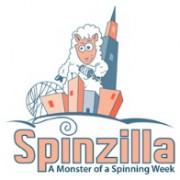
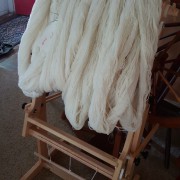
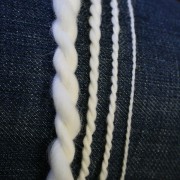
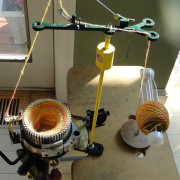

Leave a Reply
Want to join the discussion?Feel free to contribute!